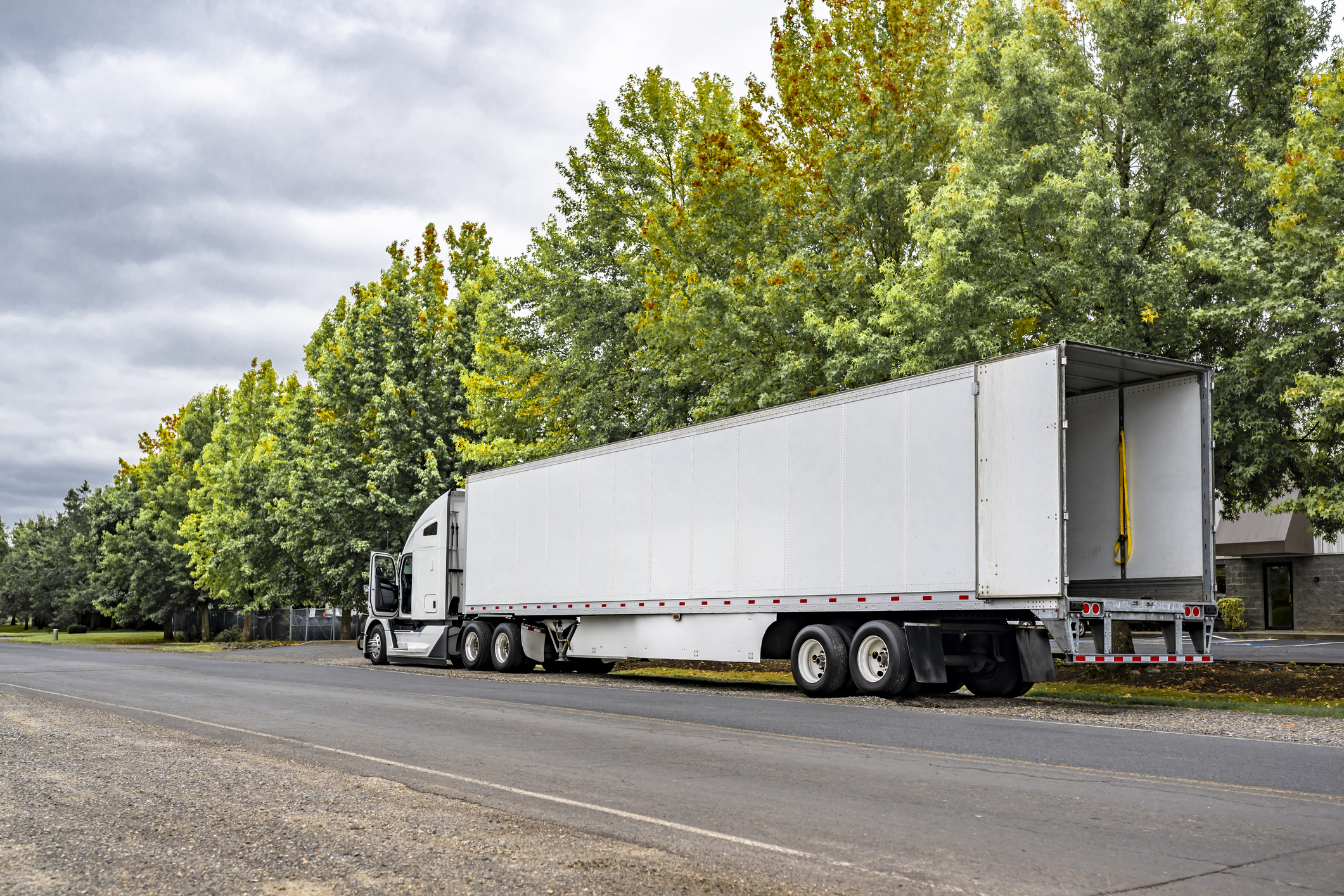3 Lessons We’ve Learned About Workforce Dynamics During M&As

Mergers and acquisitions are a modern part of the business landscape. In logistics and transportation, they have become particularly common strategies in the last few years. Unfortunately, even when M&As are fueled by healthy company performance (as they often are), they can still conjure up fear and concern among the workforce. But, when rolled out effectively, they don’t have to.
At WorkHound, we’ve supported several of our customers through mergers and acquisitions over the last few years, and here are some lessons we can share from our experiences.
1. Breaking news is fragile.
Mergers often take months to execute, which means that at the leadership level, there are countless emails, presentations and meetings ahead of the official announcements. But while all that is happening behind the scenes, the workforces at both of the organizations are often left uninformed.
In a webinar about M&As in logistics, WorkHound CEO and co-founder Max Farrell explained that this approach can be damaging. “What we’ve witnessed is that when mergers or acquisitions occur, workers are often left out of the process. What’s been an all-consuming process for executive leaders for months is now suddenly news for the workforce,” said Farrell.
Unfortunately once fear sets in, work environments change. Workers are less satisfied with their jobs, more concerned about their personal well-being and worried about their future with the company. When there is no information, people resort to filling in the gaps, often with their own worst fears. “Information breeds confidence and silence breeds fear,” said Farrell. And that’s when the damage is done. Fear will drive good workers out of the company and allow toxicity to thrive within the company’s culture, igniting turnover and making retention an uphill battle.
Here are a couple of examples of feedback from workers whose companies were undergoing mergers.
Scared to death I’m about to lose my job due to the merger. Not going to lie, my whole department is terrified they are going to get rid of us, change our jobs or “adjust” our salaries. Very stressed.
In light of the recent announcement, I feel a little unsure about my future with the company (and I’ve been here over a decade). I’m taking it in stride and hoping it all plays out as a positive like it was sold to us.
Unknown future, did merger have anything to do with changing of 401k?
To avoid panic, rumors, and misinformation in the workforce, it’s important to include workers in the process as early as possible. Head off fears by keeping them informed. This transparency will help drive confidence within the workforce, helping them understand why the business is making moves and what they can expect as changes roll out.
In our webinar, Max was joined by Spencer Tenney, Mergers & Acquisitions Specialist and President and CEO of The Tenney Group, and Michael McLary, CEO of Ascend Transport Group, who both offered their insights into the merger and acquisition process.
Michael McClary explained that it’s important to highlight the positive reasons for the merger. In many cases, the companies are performing well and there are clear business advantages for coming together. If this isn’t communicated to the workforce, though, there are bound to be incorrect assumptions.
“The misconception is that someone’s going to lose a job, or that the company was bought to be dismantled,” he said. “But in most cases in M&A, it’s really about putting together multiple businesses where 1 + 1 = 3, not where 1 + 1 = 1.5.”
2. Culture and finances are equally important.
While the conversation around merging companies should rightfully focus on the financial fitness of both organizations, McClary points out that cultural compatibility is just as important. “We discuss the strategic fit…but you’ve got to make sure the culture fits with the current culture you’re trying to build,” he explained.
In mergers and acquisitions, you’re combining two skill sets and two philosophies and two approaches to work — that’s a very tall order! McClary says one way to bridge the differences and bring the cultures together is to focus on what’s improving from the worker’s point of view.
“Putting these companies together creates synergy and scale that benefits all of the people,” said McClary. Looking at drivers, for example, he said carriers should highlight that greater density means greater home time, and that a growing business means growing benefits and newer equipment.” Ultimately, he said, “It’s about culture and people.”
Spencer Tenney agreed. While finances might be the initial driving factor behind a merger or acquisition, oftentimes, the focus of Tenney’s negotiations comes back to the well-being of the company’s workforce.
“I think that employees of transportation and logistics companies may be surprised to know how deeply owners think about the livelihood of their employees when they enter the process of being acquired or selling their business,” he explained. “When we get midway through, the number one emphasis is [often] the owner saying…’I’m trying to find the next best home for my employees.’”
Communicating this back to employees and helping them understand how the newly organized company will benefit from the merger is key to keeping them engaged.
3. Trust is the currency of culture.
The biggest concern most workers have is that the merger is going to negatively affect their livelihoods. It’s important to quell these fears by keeping benefits and compensation as seamless as possible. For the best experience, communicate early and often, set aside time for questions and hear out their concerns.
It’s also worth noting that compensation is tightly interwoven with culture. Tenney explains: “I think it directly affects how you evaluate culture. When you’re looking at compensation and benefits, it’s very difficult to make a switch…You’re really looking for compatibility [between two merging companies], otherwise, it’s not going to work.”
He also said that it’s important to communicate clearly what is going to change. “After these deals, people are interested in one thing: How does it affect me? My money, my health, my family. Nothing else matters. Until you address that, you don’t really have any trust.” If you want to build trust, he says, “Schedule real time for them to be heard.”
Give all workers a voice by hearing out their questions, providing clear answers, and being honest. This is the only way to lay the foundation for trust amid change.
Getting Started With WorkHound Employee Retention Software
These are just a handful of lessons we’ve witnessed firsthand as we’ve helped our clients navigate the complex world of M&A. If you’re exploring options in M&A, Workhound’s Employee Retention Platform can improve your communication strategy. Contact us today to schedule a free demo.
Let's Build Better Workplaces Together
Revolutionize your company culture and your worker retention rates by improving communication and engagement.
Book a Demo

